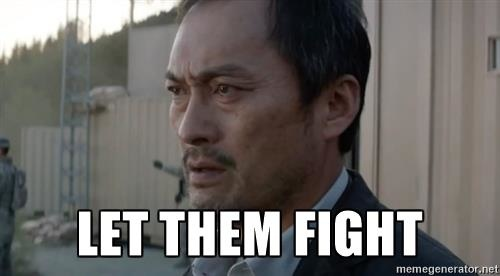There are lots of wild foods that are poisonous, but that didn’t stop our ancestors from figuring out ways to make them edible. In the case of bitter almonds I can find a reference to baking and boiling being effective methods of reducing cyanide content. Cold leaching might also work but it would take a lot more time.
I have to imagine that dire necessity was a catalyst for these discoveries. I’m guessing the thought process was more like “These are bitter as shit and they killed Bill, but we’re gonna starve to death if we don’t find some food, so let me try boiling these to see if the bitter goes away.”










Playoff hockey is a whole nother level. This was during the first round of the playoffs in 2016, St. Louis vs. Chicago. The Blues gave him tickets to a game in the next round of the playoffs.